Barbara Stanwyck wasn’t just a movie star – she was a force of nature who could play any role with razor-sharp intensity and unmistakable humanity. Her career spanned five decades, from screwball comedies to film noir to westerns, earning four Oscar nominations along the way. Here’s why these 13 performances continue to captivate audiences and influence actors today.
1. Phyllis Dietrichson in “Double Indemnity” (1944)

As the ultimate femme fatale, Stanwyck created a character so seductive and dangerous that she defined the archetype for generations. From that first calculated appearance at the top of the stairs, wearing nothing but a towel and an anklet, to her ice-cold manipulation of Fred MacMurray’s insurance salesman, Stanwyck showed how evil could wear blonde curls and a knowing smile. Her performance still makes modern viewers question their moral compass. MeTV has additional insights into this groundbreaking film that are worth learning.
When she delivers the line “We’re both rotten,” it’s not just dialogue – it’s a chilling acceptance of moral bankruptcy that feels utterly contemporary. Stanwyck’s Phyllis isn’t a cartoon villainess; she’s a recognizable woman who wants things she shouldn’t have and will do anything to get them. That complexity makes her far more terrifying than simple malevolence ever could.
2. Jean Harrington in “The Lady Eve” (1941)
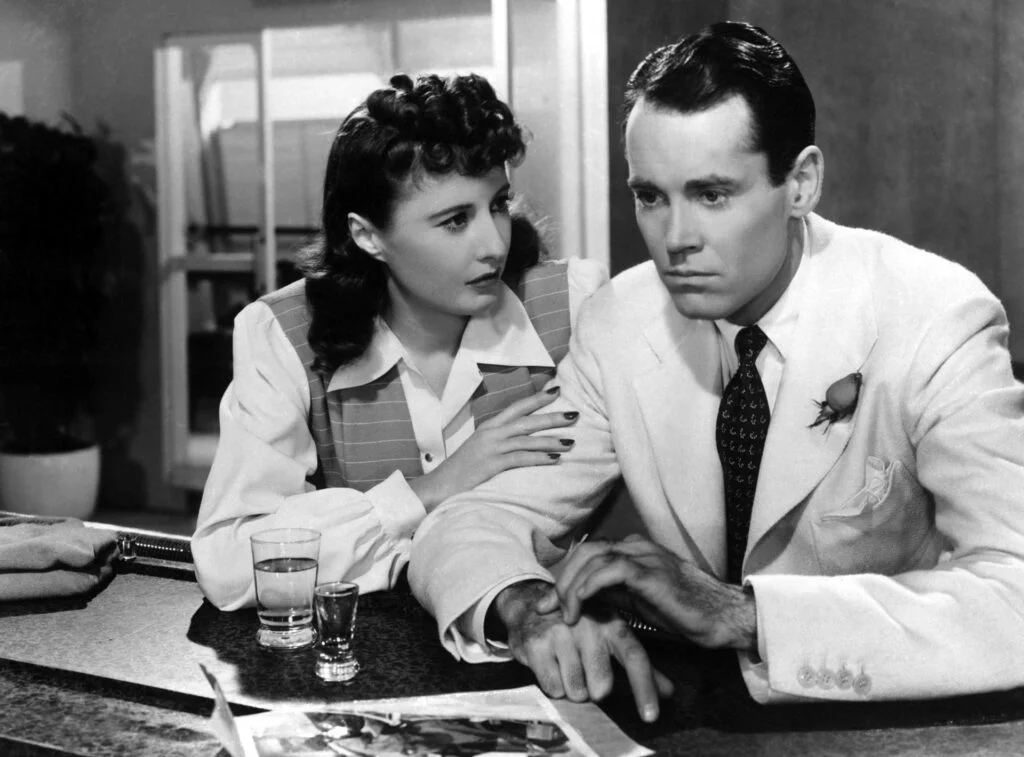
Stanwyck proved she could do sophisticated comedy as brilliantly as drama in Preston Sturges’ masterpiece. She plays a con artist who targets Henry Fonda’s naive millionaire, then falls in love with him despite herself. Her comic timing is impeccable, especially in scenes where she returns disguised as “Lady Eve” to torment Fonda with his own gullibility. Turner Classic Movies gives an overview of all the star power and emotions that fuel this masterpiece.
What makes this performance timeless is how Stanwyck balances the screwball elements with genuine emotion. When Jean’s hurt feelings show through her scheming exterior, we understand exactly why she needs revenge – and why love might ultimately win out. Her delivery of the line “I need him like the ax needs the turkey” still ranks as one of cinema’s great comic moments.
3. Stella Dallas in “Stella Dallas” (1937)
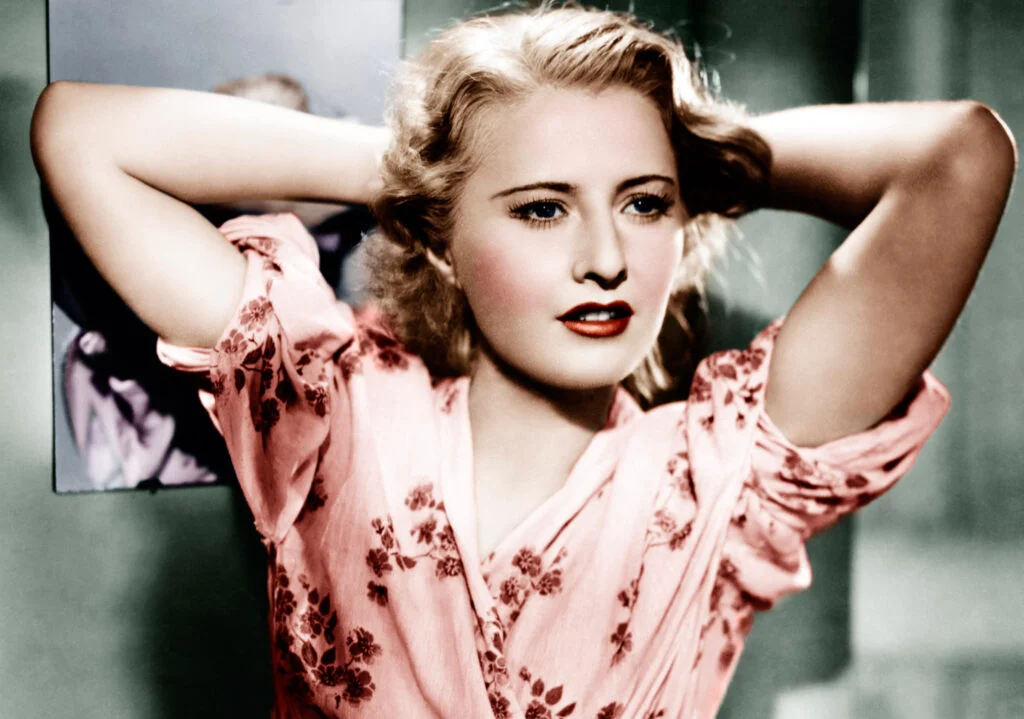
This role earned Stanwyck her first Oscar nomination, and it’s easy to see why. As a working-class mother who sacrifices her own happiness for her daughter’s social advancement, Stanwyck gives a performance that avoids every sentimental trap. Her Stella is crude, loud, and often embarrassing – but also fiercely devoted and ultimately noble in her self-sacrifice. For how much star power she brought to every project, according to MeTV, Barbara preferred to share the limelight equally.
The famous final scene, where Stella watches her daughter’s wedding through a window in the rain, remains one of cinema’s most heartbreaking moments. Stanwyck’s face expresses a complex mixture of pride, pain, and acceptance that transcends the melodramatic material. It’s a raw exploration of maternal love that still resonates powerfully today.
4. Sugarpuss O’Shea in “Ball of Fire” (1941)

As a nightclub performer hiding out with seven scholarly professors, Stanwyck showed she could match wits with some of Hollywood’s best character actors while still holding the screen’s center. Her brassy gangster’s moll who helps compile a slang dictionary is both street-smart and surprisingly vulnerable.
The way she teaches Gary Cooper’s professor about contemporary language – and life – creates a perfect reversal of the typical gender dynamics of the era. When she performs “Drum Boogie,” it’s pure Hollywood glamour, but Stanwyck never lets us forget the loneliness behind the glitter.
5. Victoria Barkley in “The Big Valley” (1965-1969)
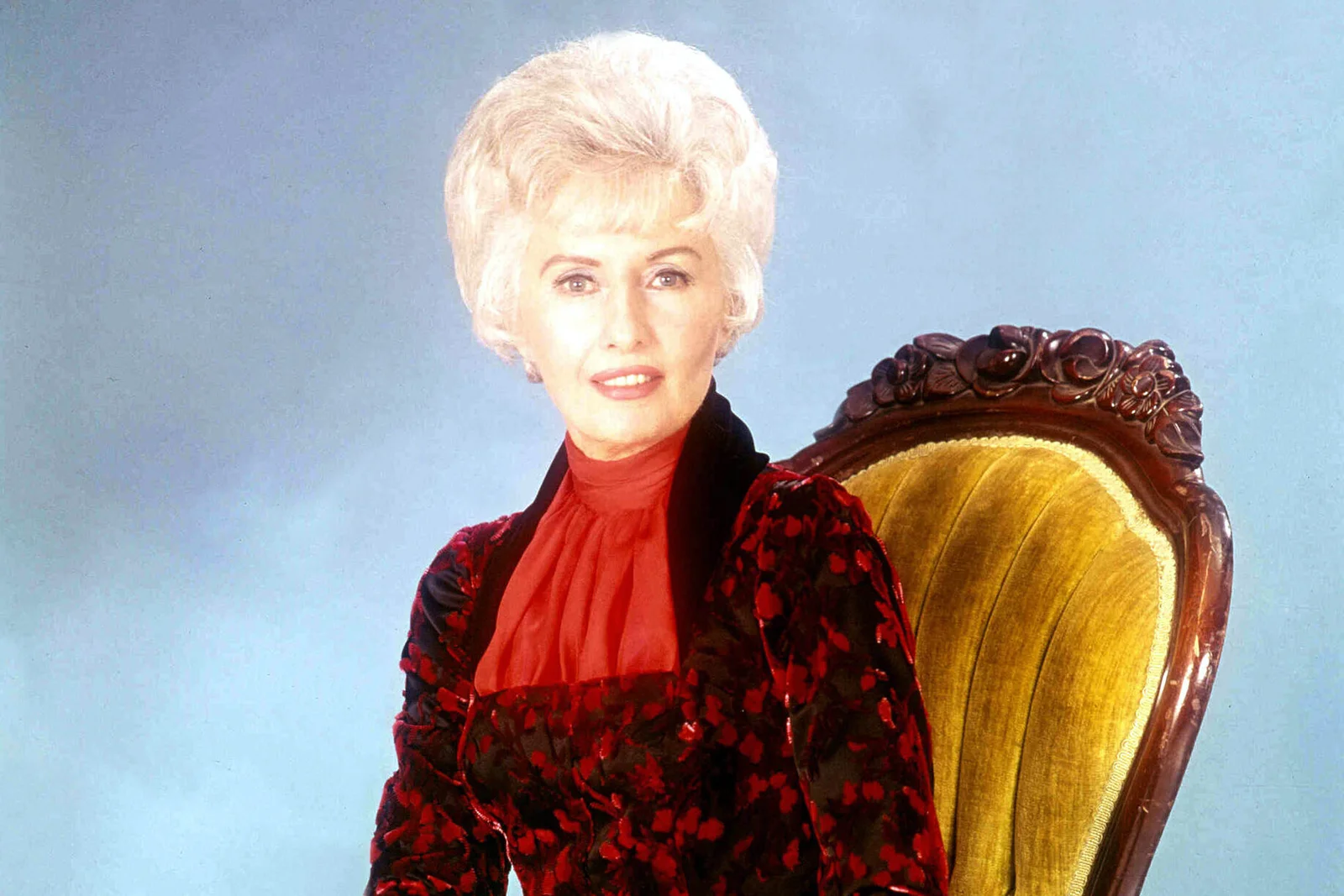
Taking on the matriarch role in this western TV series, Stanwyck created a character who was both a loving mother and a tough rancher. She could wear elegant dresses to San Francisco society events and then round up cattle with equal authority. Victoria Barkley remains television’s strongest, most complex female western character.
What makes this performance special is how Stanwyck maintained her intensity across 112 episodes. Whether she was protecting her family, challenging corrupt officials, or outsmarting business rivals, Victoria never lost her moral compass or her steel backbone. She proved that mature women could be action heroes long before it became fashionable.
6. Martha Ivers in “The Strange Love of Martha Ivers” (1946)
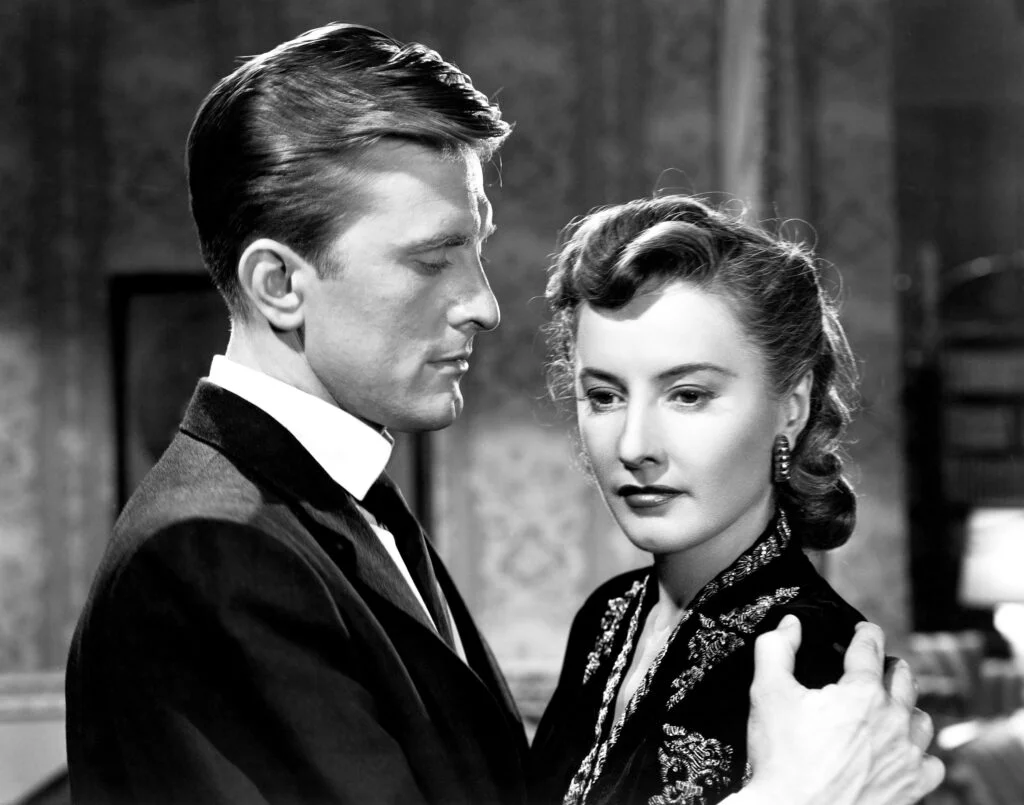
In this noir classic, Stanwyck plays a woman haunted by a childhood crime that shaped her entire life. Her portrayal of a powerful businesswoman trapped in a loveless marriage while still yearning for her childhood sweetheart is psychologically complex and emotionally raw.
The film showcases Stanwyck’s ability to convey vulnerability beneath a hardened exterior. When she faces Van Heflin’s character, the only person who knows her dark secret, her facade cracks to reveal the scared child still living inside the ruthless adult. It’s a performance that anticipated today’s fascination with antiheroines.
7. Leona Stevenson in “Sorry, Wrong Number” (1948)

In this claustrophobic thriller, Stanwyck spends most of the film alone in bed, discovering through overheard phone conversations that someone is planning to murder her. She creates rising panic using only her voice and facial expressions, making the audience feel every moment of her terror.
This performance demonstrates Stanwyck’s remarkable technical skills as an actress. She builds tension relentlessly, showing how a pampered, neurotic woman transforms into someone fighting desperately for survival. The final scene, where she realizes she’s going to die, remains one of cinema’s most harrowing moments.
8. Ann Mitchell in “Meet John Doe” (1941)
As a reporter who invents a fictional everyman who becomes a national sensation, Stanwyck brings both cynicism and idealism to Frank Capra’s social commentary. Her character must wrestle with selling out her principles for a good story, then dealing with the unintended consequences of her deception.
What makes this role resonate today is how Stanwyck portrays the media’s power to shape public opinion and the responsibility that comes with it. Her character’s journey from ambitious journalist to reluctant crusader feels especially relevant in our era of “fake news” debates.
9. Jessica Drummond in “Forty Guns” (1957)
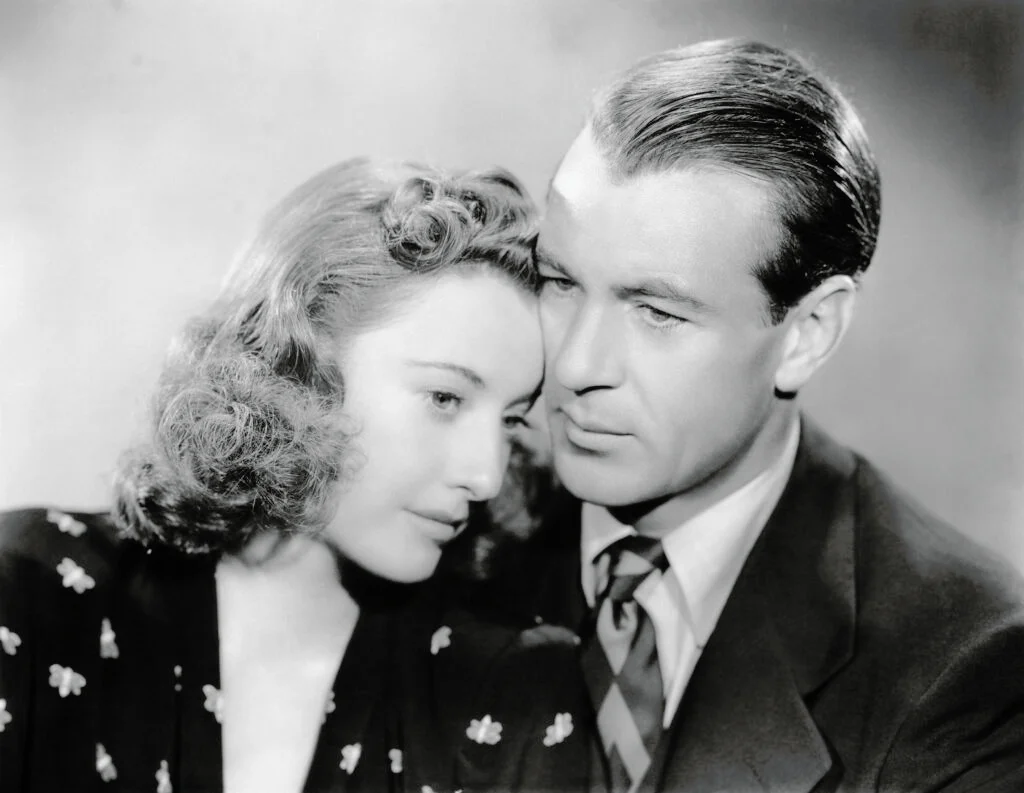
In Samuel Fuller’s visually stunning western, Stanwyck commands the screen as a powerful rancher who runs the county with her own private army. When she falls for the federal marshal sent to clean up the town, she must choose between love and power.
Stanwyck makes Jessica more than just a strong woman in a man’s world – she’s a complex figure whose power has isolated her from normal human connections. The romantic tension between her and Barry Sullivan crackles with adult complexity rarely seen in westerns of the period.
10. Lily Powers in “Baby Face” (1933)
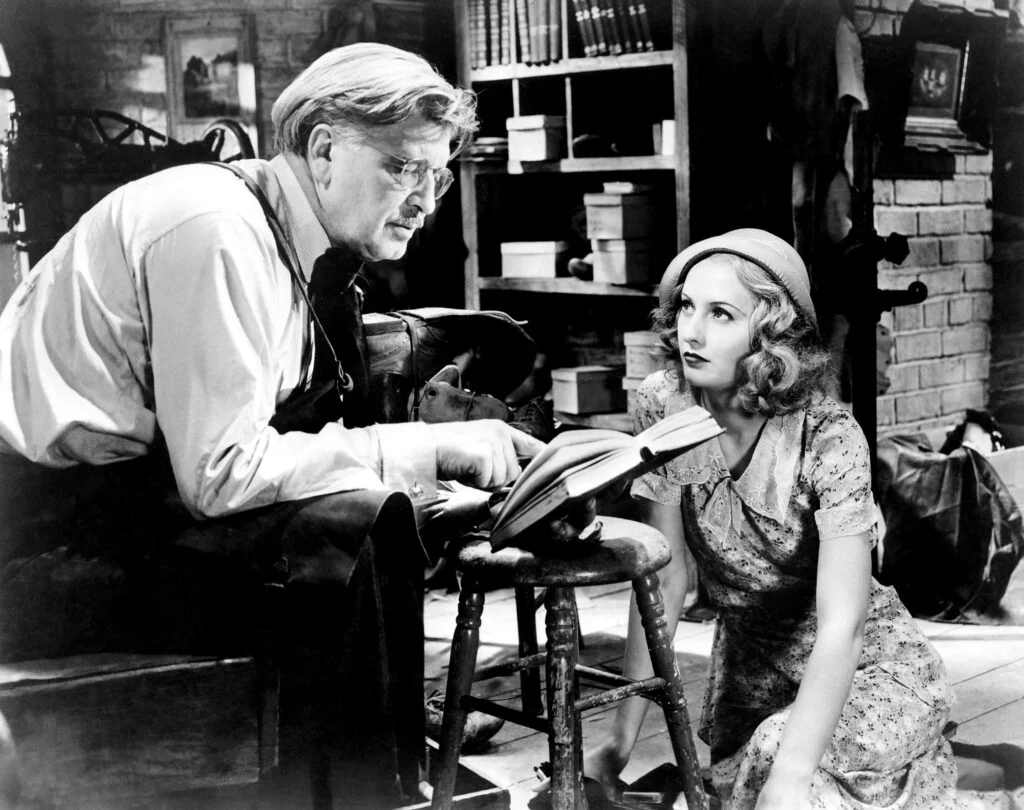
This pre-Code thriller caused such a scandal it helped establish the Production Code. Stanwyck plays a woman who uses sex to climb from a steel town speakeasy to the top of a New York bank, leaving a trail of ruined men behind her. The character is completely amoral until the very end, when love finally penetrates her emotional armor.
Stanwyck’s performance is remarkable for its lack of sentimentality. She makes Lily’s ruthless ambition completely understandable given her traumatic background, creating a character who’s simultaneously repellent and sympathetic. It remains one of cinema’s most honest portrayals of how society forces women to use their sexuality for survival.
11. Vance Jeffords in “The Furies” (1950)
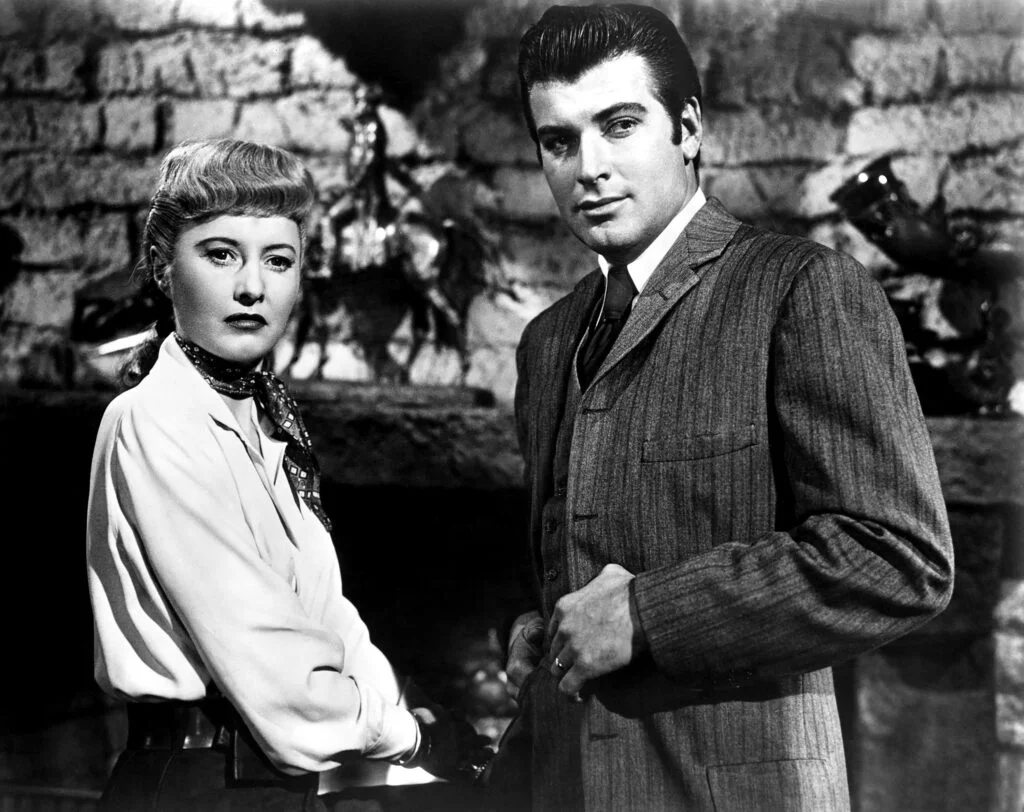
As a cattle baron’s daughter who’s also his closest ally and fiercest rival, Stanwyck creates one of her most psychologically complex characters. Her relationship with father Walter Huston contains undercurrents of both love and hate, making their power struggles deeply personal.
The film showcases Stanwyck’s ability to hold her own against strong male co-stars while maintaining her character’s feminine identity. Her Vance is tough enough to run a ranch empire but still vulnerable to romantic disappointment, creating a fully realized portrait of a woman ahead of her time.
12. Regan “Lady Torrance” in “The File on Thelma Jordon” (1950)
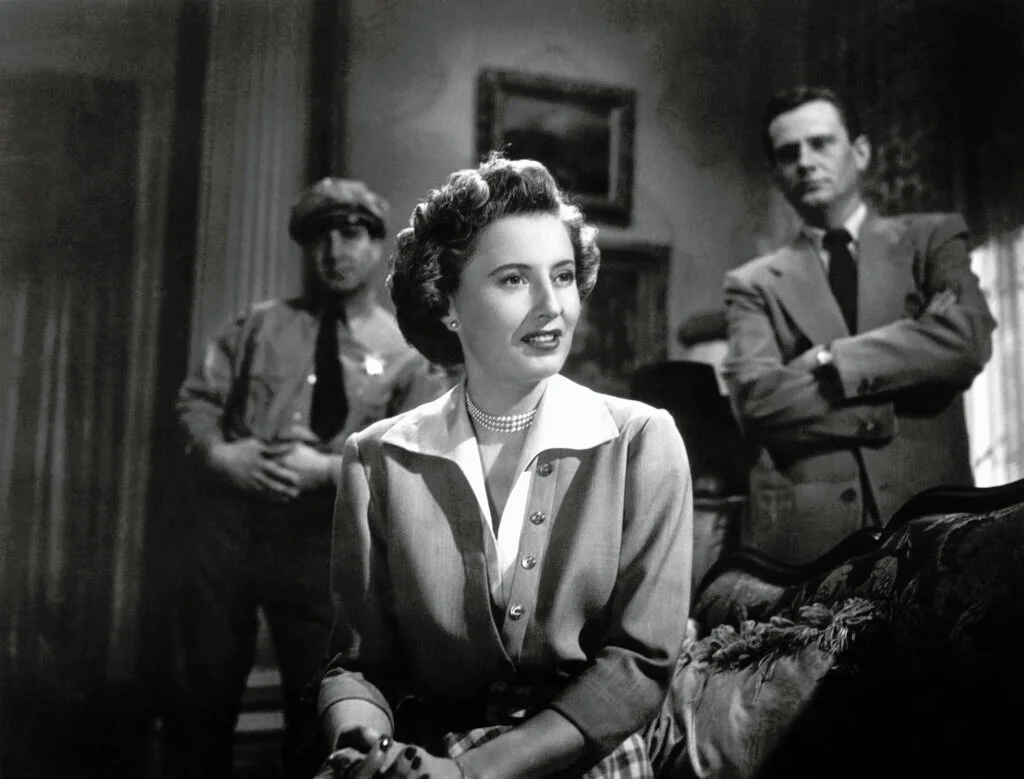
In this underrated noir, Stanwyck plays a woman on trial for murder who may or may not be guilty. Her performance keeps the audience guessing about her true nature, maintaining perfect ambiguity between victim and predator.
The subtlety of Stanwyck’s work here is extraordinary. She gives us just enough information to form opinions, then undermines those assumptions with a single glance or gesture. It’s a masterclass in creating character through suggestion rather than exposition.
13. Elizabeth Lane in “Christmas in Connecticut” (1945)
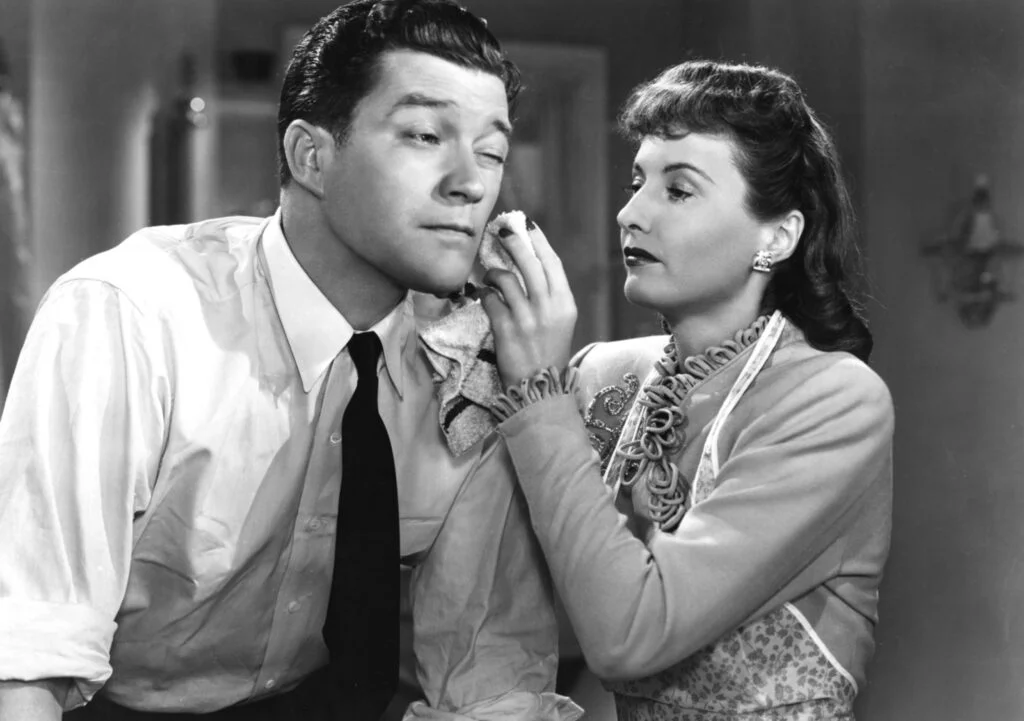
In this holiday classic, Stanwyck shows her lighter side as a magazine columnist who writes about her perfect farm life and gourmet cooking skills – none of which actually exist. When she’s forced to host a war hero for Christmas, the deception unravels with delightful results.
This performance proves Stanwyck could handle romantic comedy as skillfully as drama. Her character goes from confident professional to romantic lead to physical comedian without missing a beat. The film has become a seasonal favorite precisely because Stanwyck makes Elizabeth’s predicament both relatable and hilarious.
Barbara Stanwyck’s performances remain powerful because she never played to expectations. Whether portraying heroes or villains, she brought intelligence, determination, and surprising vulnerability to every role. Her work continues to influence actors because she understood that real strength lies in showing complete humanity – flaws, contradictions, and all. In an era of cookie-cutter leading ladies, Stanwyck stood alone, creating characters that felt genuine, dangerous, and absolutely unforgettable.


